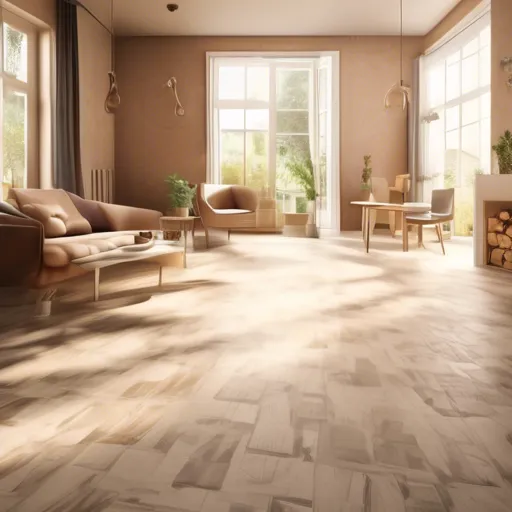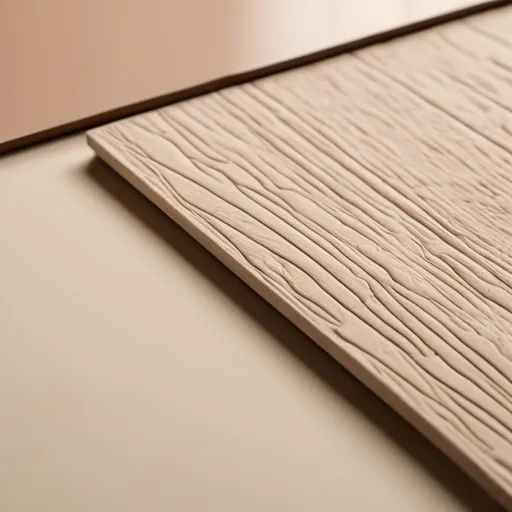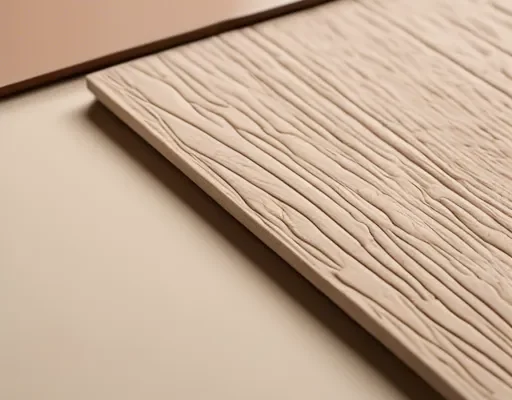When it comes time to outfit your home with new flooring, linoleum often stands alone as a solid and eco-friendly option. Despite its history dating back to the 1800s, this versatile material remains relevant, offering a balance of durability and aesthetic appeal. Whether you’re renovating your entire home or updating a single room, the key is selecting the right type of linoleum for your needs.
The vast array of choices can feel overwhelming, yet understanding some of the main criteria can simplify the task. We’ll explore essential factors such as material classes, design options, and installation techniques to help you make an informed decision that complements your interior style.

Key Features and First Impressions
- Durability: Linoleum is famous for its longevity; high-grade versions can last up to 40 years.
- Eco-friendly: Made from natural materials like linseed oil and cork dust, linoleum is biodegradable.
- Comfort: Provides a softer feel underfoot compared to tile or wood.
- Design Variety: Available in myriad colors and patterns, allowing for creative interior solutions.
These fundamental features provide a wealth of possibilities when considering linoleum to enhance your living spaces. However, the nuances of each factor demand a deeper dive to ensure you make the optimal choice for your home environment.

Technical Details
Design
Modern linoleum offers an extensive range of design options. Whether you’re aiming for a specific aesthetic in your living room or a particular theme in your kitchen, there’s a style to match. Bold colors and intricate patterns are readily available, each contributing to the room’s overall ambiance.
Performance
Wear resistance is crucial for high-traffic areas. Thick, high-quality linoleum resists scuffs and scratches, maintaining its appearance over time. Additionally, its naturally anti-static and antibacterial properties make it ideal for spaces that need to stay clean and safe.
Usability
The product’s ease of installation stands out, frequently employed in DIY projects alongside transformations like turning a closet into a functional wardrobe. Most linoleum can be cut to fit, making it an approachable option for home renovators.

Side-by-Side Comparison
| Aspect | Option A | Option B |
|---|---|---|
| Durability | 30 years | 40 years |
| Ease of Use | DIY friendly | Professional installation recommended |
| Design | Traditional patterns | Modern aesthetics |
| Operating Costs | Moderate | Higher due to installation |
This comparison offers a clear view of what each option delivers, enabling you to weigh the pros and cons in the context of your home’s specific needs and budget.
Practical Tips
- Check for flooring certifications like `Green Building Approved` to ensure environmental friendliness.
- Consider your home’s foot traffic levels when selecting the linoleum’s thickness and durability class.
- Experiment with colors that align with your home’s existing decor and interior plants.
- Test small samples in various lighting conditions before purchase.
Linoleum owes its rebirth to modern appreciation for sustainable living, offering an elegant solution with eco-conscious footprints.

In conclusion, the choice of linoleum as a flooring option marries both practicality and aesthetic flexibility. With numerous types and styles, finding the right linoleum that complements your lifestyle can transform your home’s look and feel drastically.
Looking ahead, as sustainability continues to take center stage in home design, linoleum’s appeal is set to grow even further. Its combination of durability and visual appeal equips homeowners with a resource that doesn’t compromise on style or spirit.
“`html
FAQ
What are the main linoleum classes?
Linoleum is generally classified by its wear layer thickness and usage area. Common classes include residential, commercial, and industrial, each suited to different levels of foot traffic.
How do I choose the best linoleum?
Consider the foot traffic in the area, design preferences, and maintenance requirements. Choose a class that matches your needs for durability and aesthetics.
Why is linoleum suitable for interiors?
Linoleum offers durability, ease of cleaning, and a variety of designs. Its versatility makes it a practical choice for various room styles and uses.
What factors affect linoleum selection?
The main factors include wear resistance, environmental impact, and color options. These determine how well it fits in with both functional and aesthetic needs.
“`
